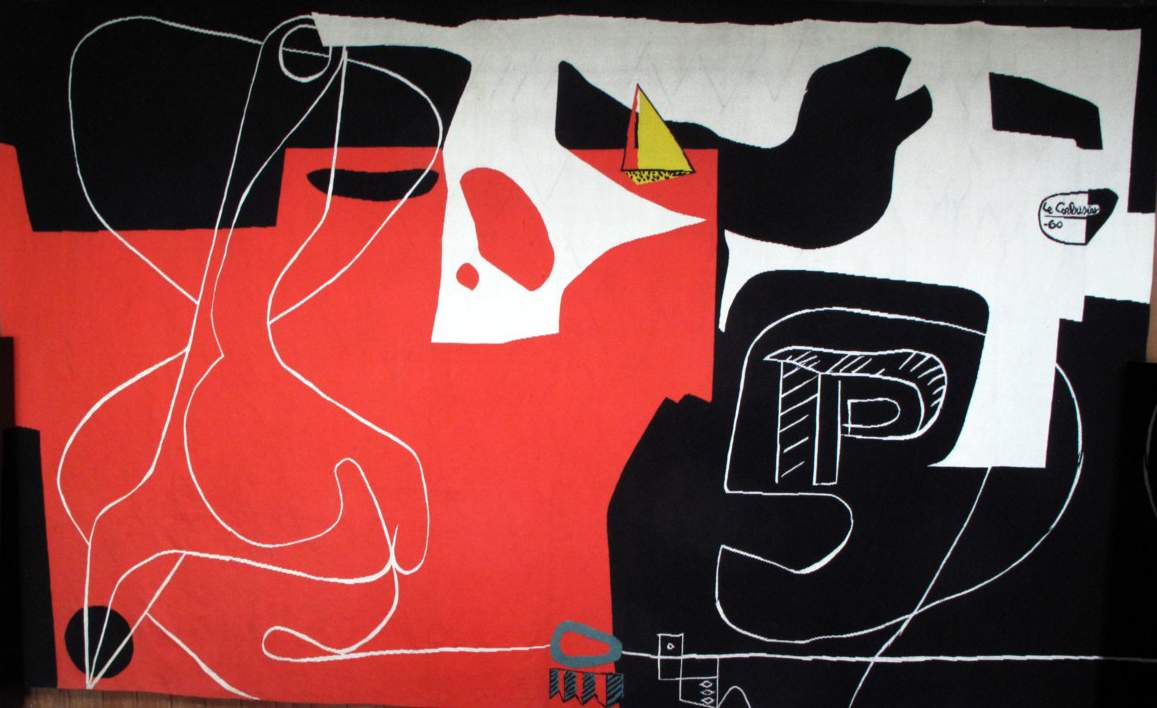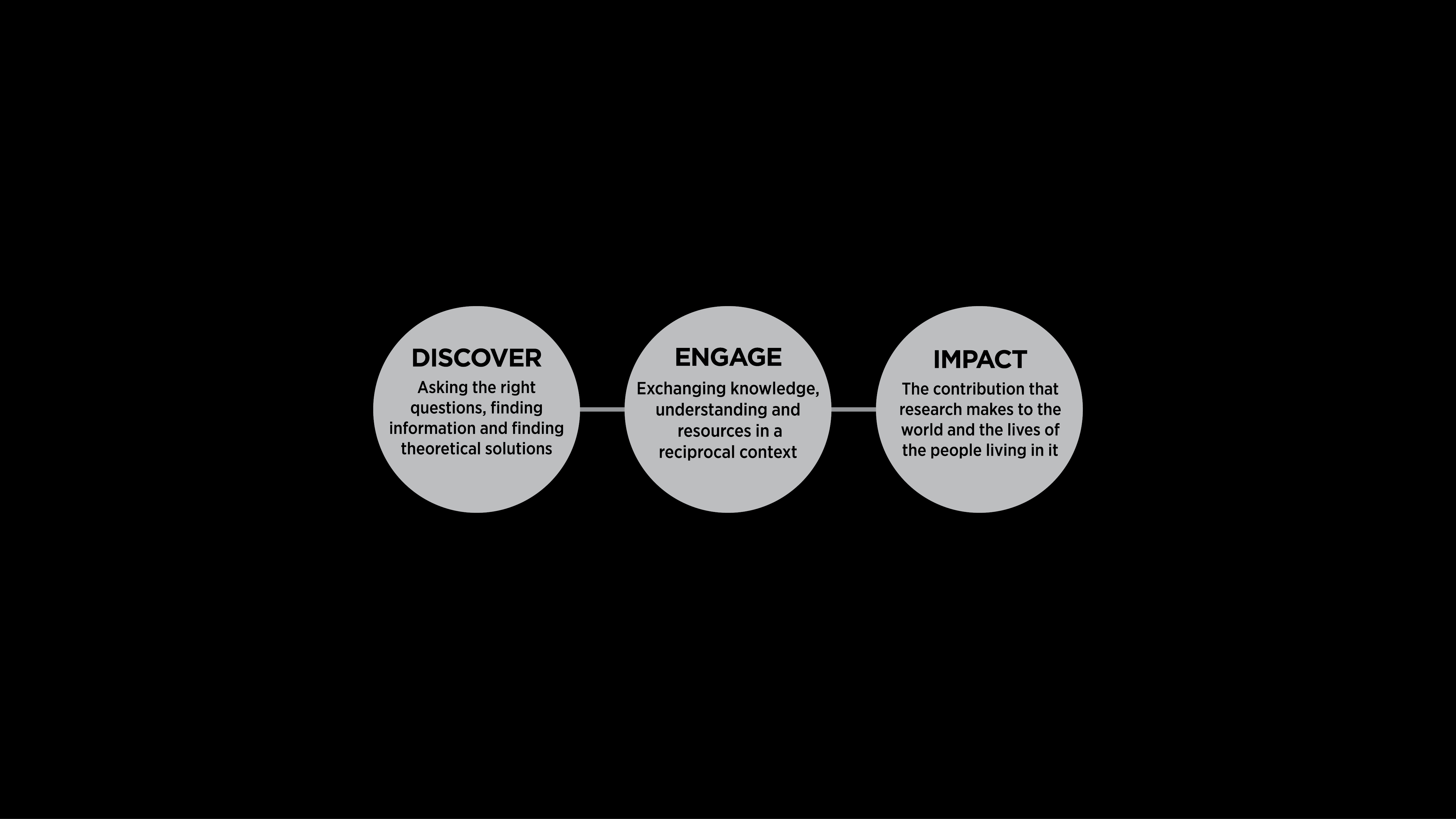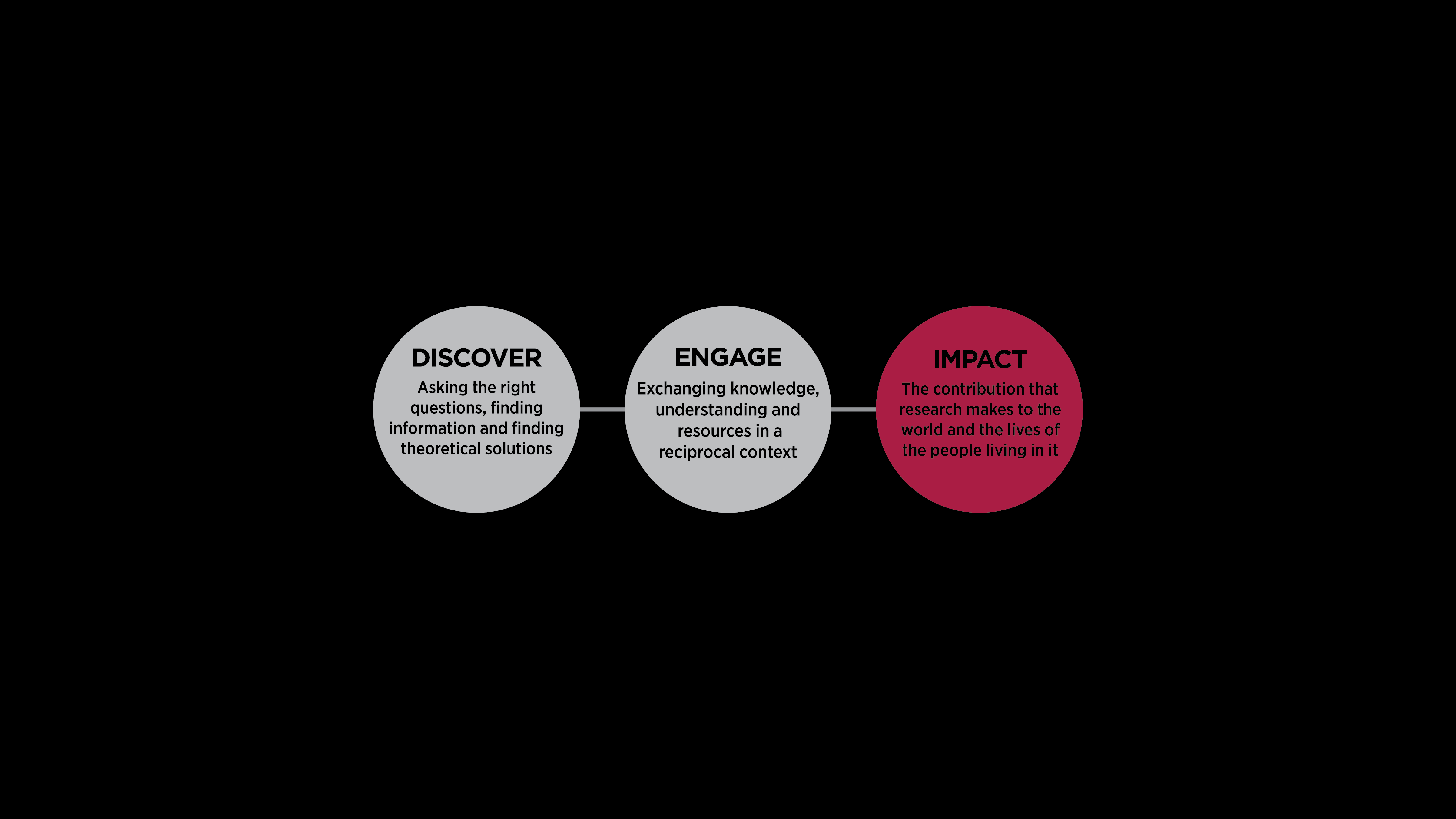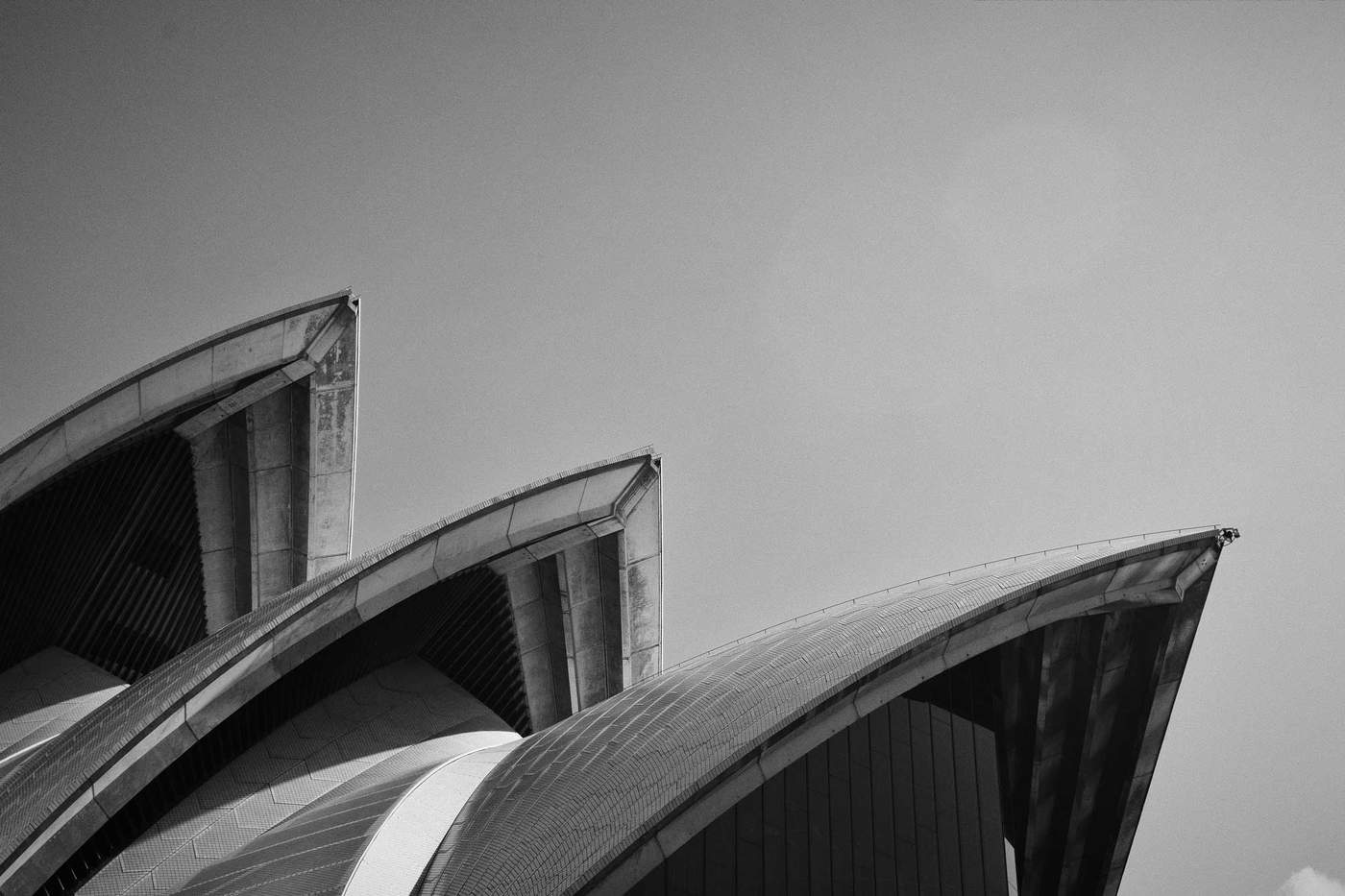
Les Dés Sont Jetés (the dice are cast) 1960 (Photo credit: Sydney Opera House).
The story so far:
1957: Utzon wins competition to design the Sydney Opera House
1958: Utzon sends his first letter to Le Corbusier
1959: Utzon and Le Corbusier meet in Paris and discuss the commission
1960: Tapestry is woven at the French Aubusson workshops under Le Corbusier’s direction
1961: Utzon comes up with solution for the shell design of the Sydney Opera House
1965: Utzon comes up against opposition from the newly elected Askin State Government
1966: Utzon leaves Sydney and the Opera House Project
1973: The Opera House is opened
1999: Utzon is re-engaged by the Sydney Opera House with his architect son, Jan
2006: Moulis discovers the correspondence between Utzon and Le Corbusier in a Paris archive
2010: Moulis delivers his paper on the tapestry at the 27th Society of Architectural Historians, Australia and New Zealand (SAHANZ) Annual conference and is awarded Best Paper
2015: Item is acquired by the Sydney Opera House
2016: Sydney Opera House publicly unveils the Utzon/LeCorbusier tapestry
(Photo: Antonia Syme (Australian Tapestry Workshop), Louise Herron (CEO Sydney Opera House), Associate Professor Antony Moulis and Julian Bickersteth (International Conservation Services) at the official unveiling of the Le Corbusier tapestry at the Sydney Opera House, 2016 (Photo credit: Sydney Opera House)).




